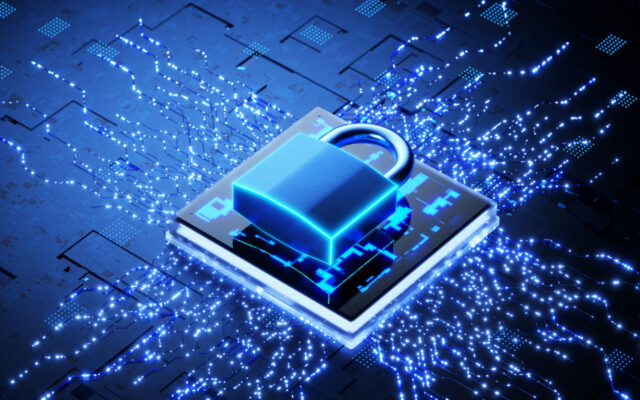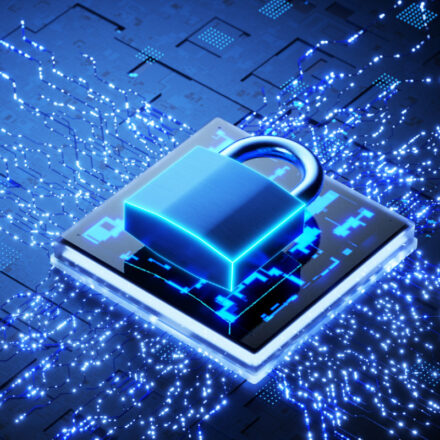The ability to advance cybersecurity and Zero Trust maturity starts by focusing on three core practice areas: reducing the attack surface, detecting and responding to cyber threats and recovering from a cyberattack throughout the infrastructure, including edge, core and cloud. By advancing cybersecurity maturity, organizations open doors to help accelerate ideas to innovation.
Don’t let security risks stifle innovation. As the volume and sophistication of cyberattacks continue to grow, it’s inevitable that your organization will become a victim of a cyberattack. Businesses need to build security protocols as if they expect to or have already been breached, shifting the security mindset from a reactive to a proactive posture. Organizations pursuing security maturity are continuously advancing security practices and embracing Zero Trust principles, which helps enable innovation rather than stifling it. The core practices organizations must address are reducing the attack surface, detecting and responding to cyber threats and recovering from a cyberattack across all organizational domains, including edge, core and cloud.
Reducing the attack surface is a foundational element for a robust cybersecurity posture. The attack surface represents potential vulnerabilities and entry points that malicious actors can exploit. To enhance security, organizations must mitigate the risk of unauthorized access both into and within all their domains. This involves implementing preventative measures, including working with secure suppliers, using hardware with security built in, comprehensive network segmentation, critical data isolation, enforcing strict access controls and regularly updating and patching systems and applications. Additionally, organizations should conduct thorough vulnerability assessments and penetration testing to identify and address potential weaknesses to significantly mitigate potential avenues for cyber threats to exploit.
Detecting and responding to cyber threats is equally vital in maintaining a strong security posture, because the sooner an organization identifies an attack, the sooner it can address it. Traditional security measures are no longer sufficient against sophisticated threats. Organizations should leverage advanced threat detection technologies and methodologies to identify and respond to both known and unknown threats. This includes implementing robust intrusion detection and prevention systems, leveraging artificial intelligence (AI) and machine learning (ML) algorithms for anomaly detection and establishing real-time monitoring of network traffic, data patterns and user behavior. Partnering with experienced professional services can provide specialized expertise in threat intelligence (management and detection of threats), incident response and security operations, augmenting an organization’s ability to detect and respond to cyber threats. A professional services organization can also manage the entire process, freeing up overburdened security resources.
Recover from a cyberattack. Even with critical proactive measures in place, organizations should assume they have been breached and must have capabilities in place that provide resilience. Organizations should frequently test these capabilities to establish confidence in the ability to recover from a successful cyberattack. Effective recovery requires a well-defined incident response plan and collaboration. Organizations should also establish incident response protocols that enable deep forensic analysis to learn more about how the organization was impacted and how the threat actors got in. In addition, protocols need to outline roles and responsibilities and ensure seamless communication and coordination between internal teams, professional services and partners, if utilized. Regular backups of critical data and systems, along with immutable, isolated and/or secure off-site storage solutions and data encryption, can facilitate swift recovery and minimize data loss. Experienced professional services can also offer guidance and support in incident response and recovery, helping organizations restore operations and mitigate the impact of a cyberattack.
When advancing cybersecurity and Zero Trust maturity, organizations must ensure their focus extends beyond the data center and includes the edge and cloud environments, wherever devices, applications and data live. As distributed networks continue to proliferate, the edge has become a crucial point of vulnerability. Organizations should implement Zero Trust principles throughout their environment, especially at the edge, ensuring rigorous access controls, continuous authentication and comprehensive visibility and control over network traffic. The core network and cloud environments also require robust security measures, such as network segmentation, encryption and continuous monitoring. Collaborating with experienced professional services and business partners specializing in edge, core and cloud security can provide organizations with the necessary expertise to implement effective security measures in these domains, especially where there may be a gap in security skills.
In conclusion, advancing cybersecurity and Zero Trust maturity is essential to combat the evolving cyber threat landscape and help to advance an organizations innovation. Working with vendors who put security first, leveraging the expertise of professional services and collaborating with trusted business partners, organizations can establish a comprehensive security posture that protects against evolving cyber threats. As technology continues to advance, so must our approach to cybersecurity to safeguard our digital infrastructure and maintain trust in the digital realm.


